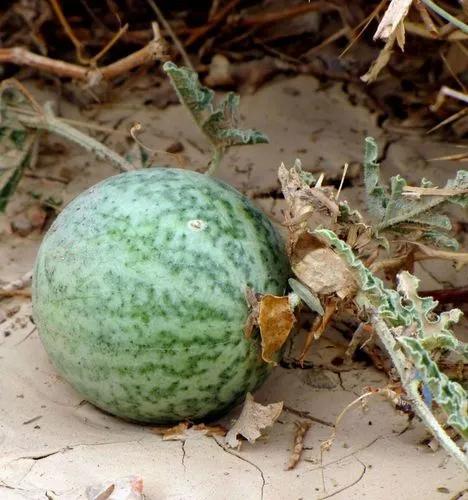Imagine plump, black jewels hanging from a succulent green shrub and glistening in the sun on a hot summer day. With captivating flavor bursting from each round pod, these are the fruits of the Black Currant! If you’re ready to be charmed by nature’s dark and delicious treasures, let’s dive into the secrets of these berries.
Black Currant Care
Ribes Nigrum



Blackcurrant or Black Currant, known by botanists as Ribes nigrum, is a deciduous shrub from northern Europe and Asia. Belonging to the Grossulariaceae family, it is closely related to other currant species, such as Red and White Currants and Gooseberries. These shrubs typically grow to 3 to 6 feet (0.9 to 1.8 meters) and are known for their distinctive green, lobed leaves.
After blooming in spring, in early to mid-summer, Black Currants produce small, round, glossy berries that are dark purple to black. When fully ripe, the fruit can be identified by its tart and slightly sweet flavor. The berries are relatively small, typically measuring around ⅓ inch (8-10 mm) in diameter.
How to Care for the Plant

Container

While typically grown in the ground, Black Currant can be cultivated in large growing bags or pots. A container with a minimum size of 5 gallons (about 19 liters) would be a nice option for a single bush, but it has to have good drainage to prevent waterlogging.

Fun fact

During World War II, the British government encouraged the cultivation of Black Currants due to their high ascorbic acid (vitamin C) content, essential for maintaining the population’s health. Currants quickly became a staple in home gardens, earning them the nickname “the fruit of health.”

Popularity

1,456 people already have this plant 156 people have added this plant to their wishlists
Discover more plants with the list below
Popular articles






